Greenwich Council scrutiny panel to look at Section 106 & CIL spending
Greenwich Council’s Overview and Scrutiny Panel will next week take a look at income from Section 106 and Community Infrastructure Levy and spending.
It’s a welcome look into this large source of funds. As a borough with some of the country’s highest level of new home building large sums are collected and spent each year. Back in 2017 £35 million was in council coffers and around £170 million incoming.
In comparison to many other London boroughs information on income and spending has historically been very poor. Just this week, for example, a public planning meeting in Labour-run Southwark Council published details and discussed S106 spending. This does not happen at Greenwich Council planning meetings.
Southwark have done this for many years and it was how I discovered how and where they were spending money to improve estates:
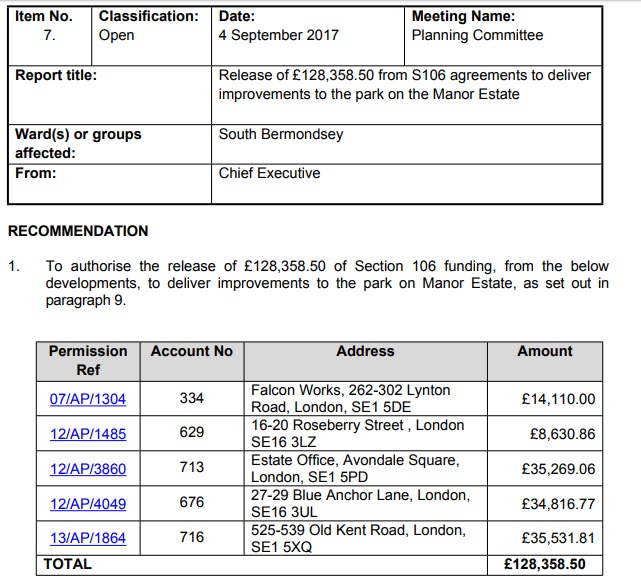
Another example showing investment in parks:
Before it became a legal requirement to publicise Section 106 income and spending Greenwich Council did not publish figures. Even now it’s the bare minimum. It was only a question at a recent council meeting that highlighted just how little Greenwich spend on parks and open space from S106. It was just 0.3% last year.
So some scrutiny is certainly welcome. The report does state more focus will be placed on these substantial funds:
“The Council currently publishes annual reports on both CIL and Section 106
income and expenditure detailing the level or receipts and utilisation. In order
to ensure that appropriate use is made of specific grants, Capital Board will
establish a corporate process to monitor such grants, and reporting will be
brought in-line with the proposals set out in this report. This will include a
report to Cabinet each July on financial year outturn, and a further report to
Cabinet on the mid-year review in December.”
That is still less than other London boroughs. Routine discussion of these funds at public planning meetings does not appear under consideration.
A full picture?
The report presented to councillors next week is lacking certain details. It highlights that “15% of Community Infrastructure Levy funds (the “neighbourhood portion” or “neighbourhood CIL”) be retained to be spent on the provision, improvement, replacement or maintenance of infrastructure; or anything else that is concerned with addressing the demands that development places on an area.”
It does not mention that other boroughs go above and beyond that to 25% spent locally.
It does highlight that 50% of S106 and CIL funds are going to Woolwich Crossrail station until 2022/23 which is a burden many other boroughs with stations do not foot.
Though as a partial compensation the amount of CIL the council must pay to the Mayor is reducing from April from £35 per square metre to £25 per square metre – the only borough in London to see a reduction.
It would be useful to highlight here the rate of CIL levy. It’s currently £35 per square metre that goes to the Mayor with various rates per square metre within the borough depending on development:
- Residential (west of borough) – £70
- Residential (east of borough) – £40
- Supermarket/Superstores – £100
- Hotels – £100
- Student housing -£65 (east and west of borough)
Is there scope to increase these by £10 to make up for the £10 reduction to the Mayor and invest locally?
Spending priorities
It’s very hard to ever get a clear answer from councillors and council staff on how and why they spend so little S106 in certain areas – both geographically and certain apparent priority areas. If an answer is forthcoming it is along the lines of this from the report “Section 106 contributions are ring-fenced to fund investment related to the specific development from which the contribution has been derived”.
Greenwich Council often state it means funds must be the immediate vicinity. Yet as the Southwark example above shows, spending funds locally but not in the immediate vicinity can be used and justified via additional pressure that new residents can place on facilitates such as parks – or estate improvements justified via an increased number of residents using shops on estates or public space to reach nearby bus stops or rail stations – as an example.
And given that Greenwich themselves have used S106 funds for “open space” derived from Plumstead developments in central Greenwich it’s another knock in their sometime deployed argument that income must be kept in the immediate vicinity.
The argument is selective and has been contravened by the authority many times.
Another glaring oversight not in the report appendix – which is denying councillors the full picture – is allocation of S106 funds in 2017/18. Despite listing spending in the year they do not list allocation which shows where money is focused:
- Employment (GLLaB) – £770k
- Health – £31k
- Affordable Housing – £175k
- Transport £546k
- Open space/parks – £10k
- Public Realm – £27k
- Education – zero
Whilst it’s very welcome that the oversight committee is looking into S106, and perhaps even leading the way to greater transparency as in other London boroughs, this report doesn’t give them a full picture. It’s quite selective with what information is presented and some details are just not there. Hopefully the scrutiny committee will, er, scrutinise that.
Running a site alone takes time and a fair bit of money. Adverts are far from enough to cover it and my living costs as a private renter.
You can support me including via Paypal here Another option is via Patreon by clicking here You can also buy me a beer/coffee at Ko-fi here There's also a Facebook page for the site here Many thanks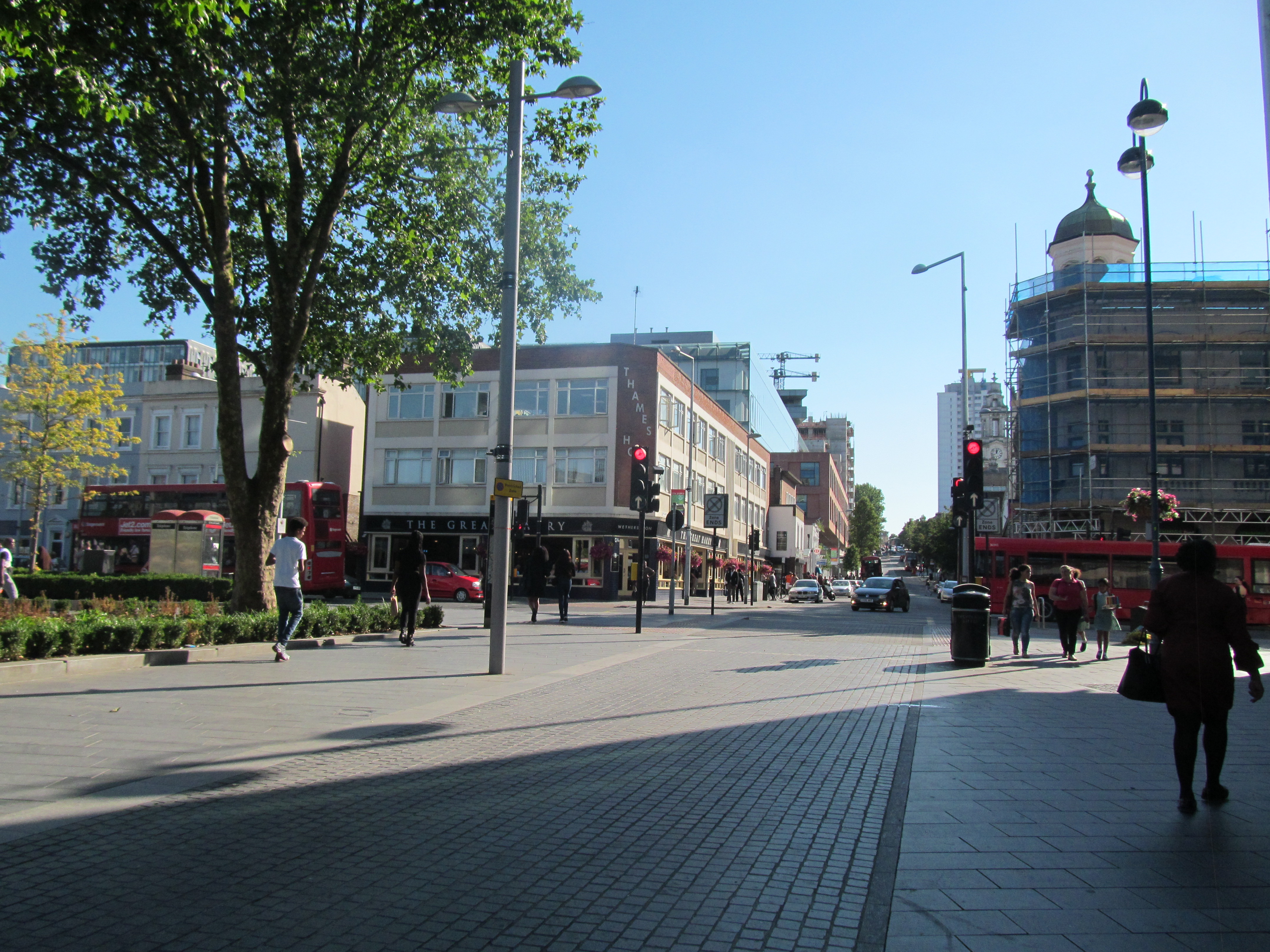


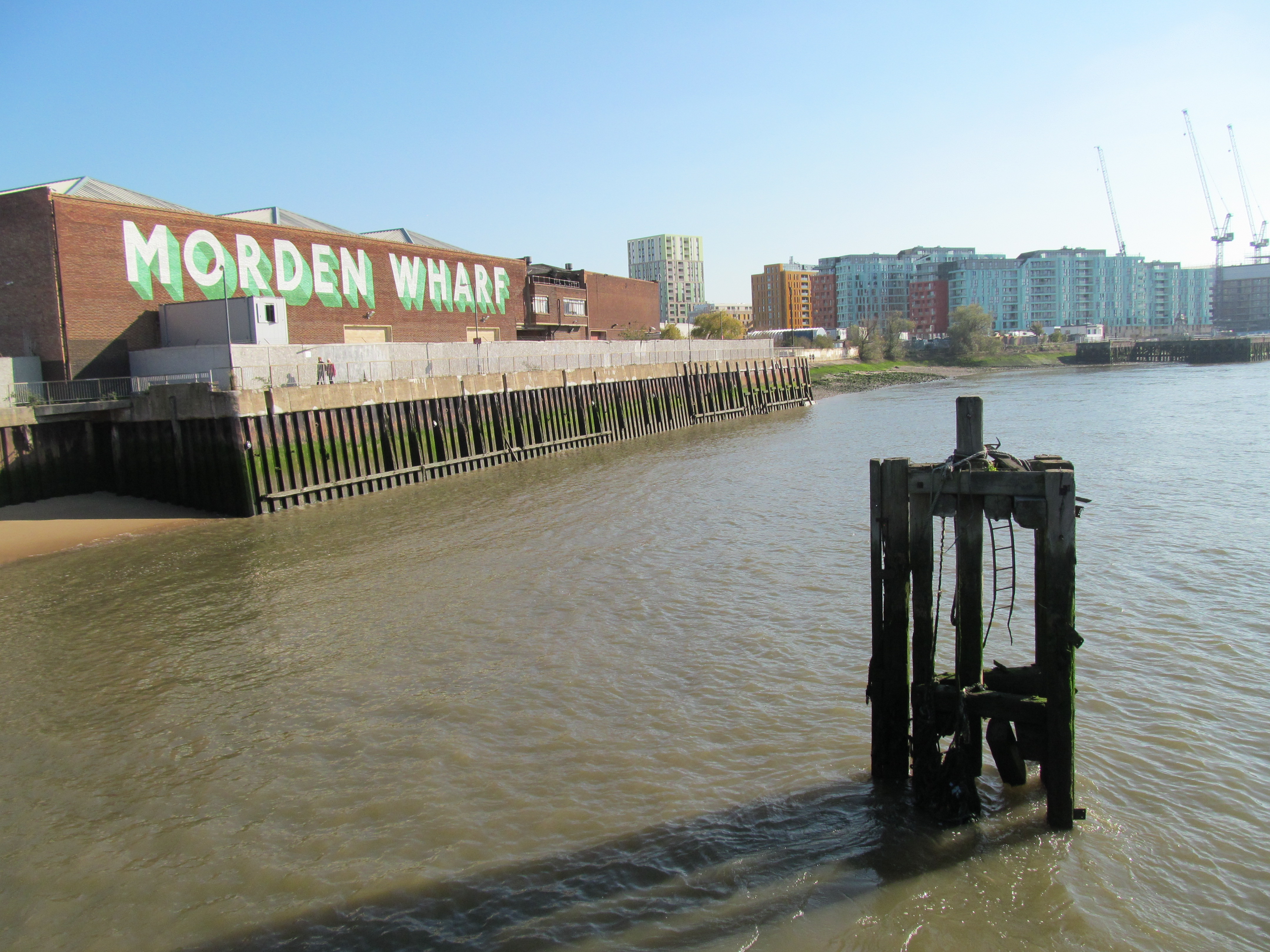

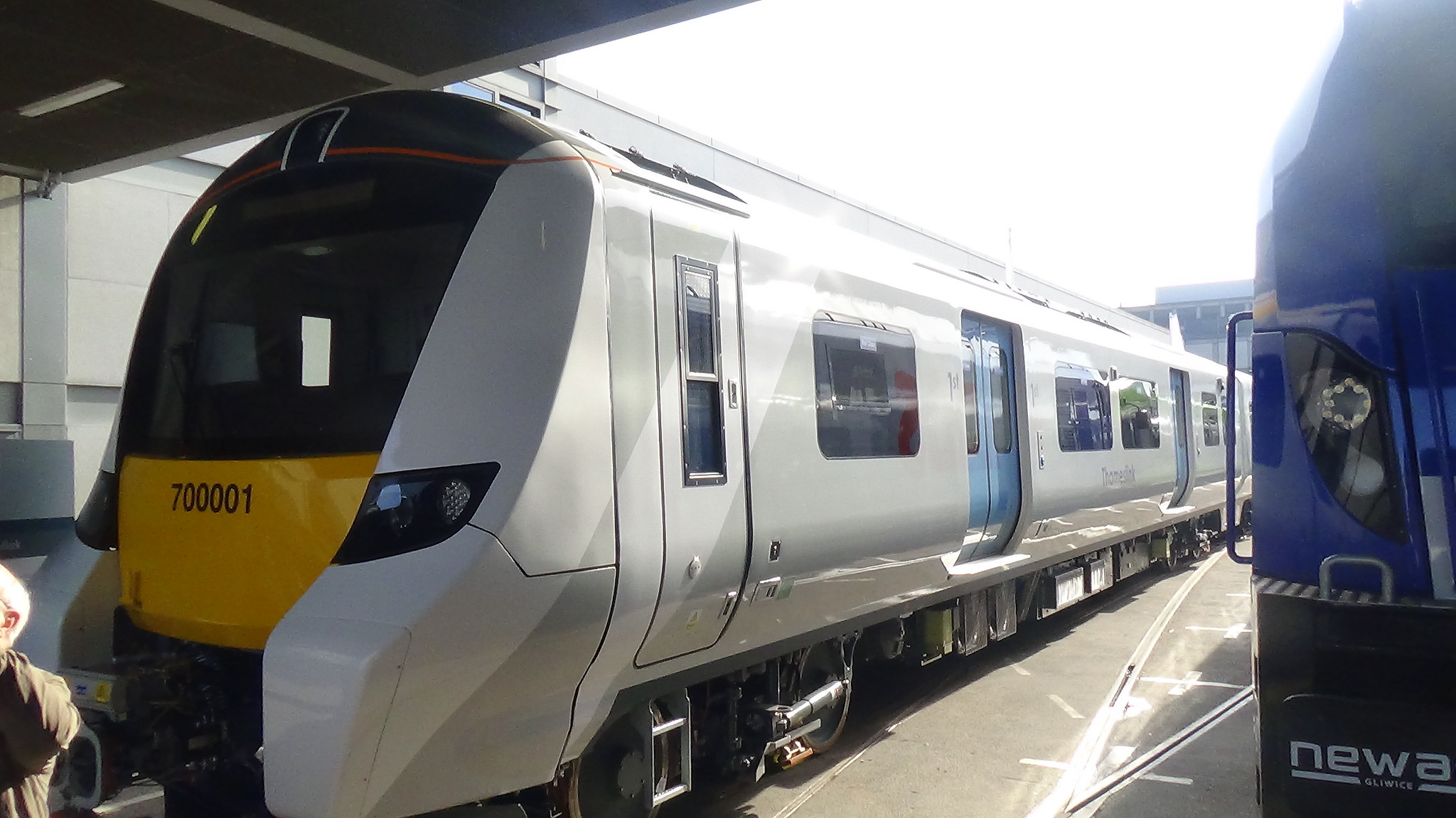
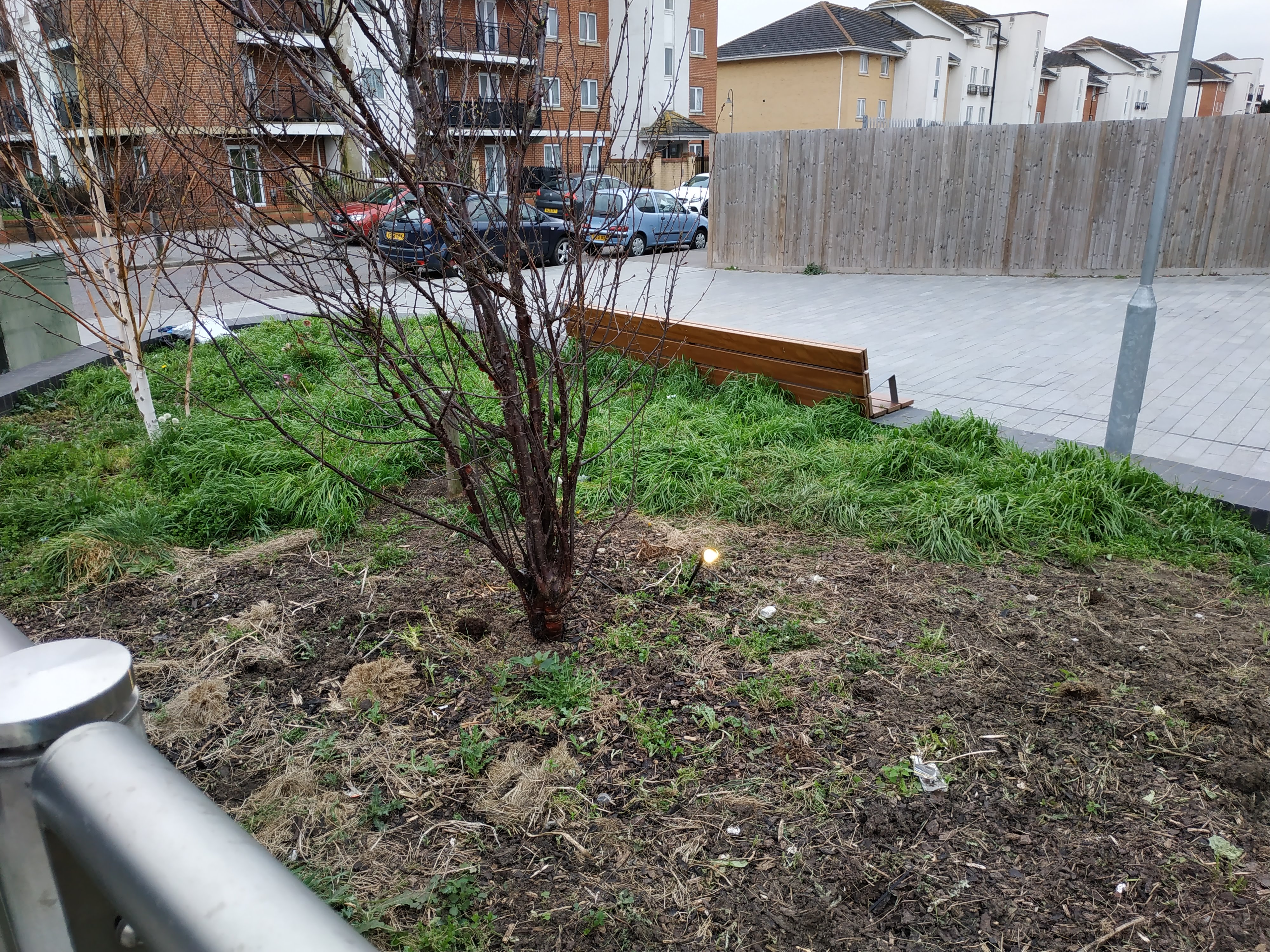

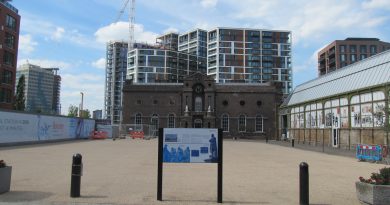
Thank you for the update Murky. This is important information which the residents of the Borough like myself are interested in knowing. I believe we live in a great Borough and always interested how money is spent to improve the Borough further.
Any member and member of the public can look at any S106 agreement to see what its being spent on. RE CIL if the Mayor’s portion goes down RBG can’t just increase their portion, they have to go through various processes and reviews in order to do that – including independent examination.
It’s hardly made very open, accessible and transparent compared to many other authorities. True regarding submitting revised CIL levies but will they attempt to raise levels? £70 as a top rate is comparably low compared to some other Z2-4 London boroughs like Newham.
They’d increase it if it would result in more money – you have to look at the facts on the ground though in terms of development costs etc. Just because property prices are high – doesn’t mean there is enough money to go around.
The reality is that rather than fund public sector infrastructure via S106 and CIL it should be funded via Government, which would work if developers were taxed correctly etc.
At least Greenwich is using its CIL, especially its Neighbourhood CIL through its Growth Fund. Lewisham has accumulated 7.5m of Council CIL and 1.4m of Neighbourhood CIL in its first 3 years (to March 2018) but has not yet spent any. It has also yet to agree a scheme to use its NCIL on local projects. It is taking an age to come up with an allocation method that is seen as fair and politically acceptable. Meanwhile, it has consulted on doubling its rate of CIL, like the GLA, but not published the results for over 6 months and missed its planned April implementation. This proposed increase was why Meyer Homes resubmitted its rejected Conington Rd scheme a second time, in the hope of getting it approved before the increase. Lewisham’s new SPC approved that in December but GLA has just instructed them to reject it, despite a time-limited offer to increase the affordable housing from 20% to 25%. According to its much delayed Annual Monitoring Report, Lewisham’s levels of affordable housing (completed and approved) in 2017/18 were very low. They need to push for better and not make things worse with a big CIL increase. We are now promised news on the CIL increase and the NCIL allocation in April, but it has already been delayed several times so don’t hold your breath.